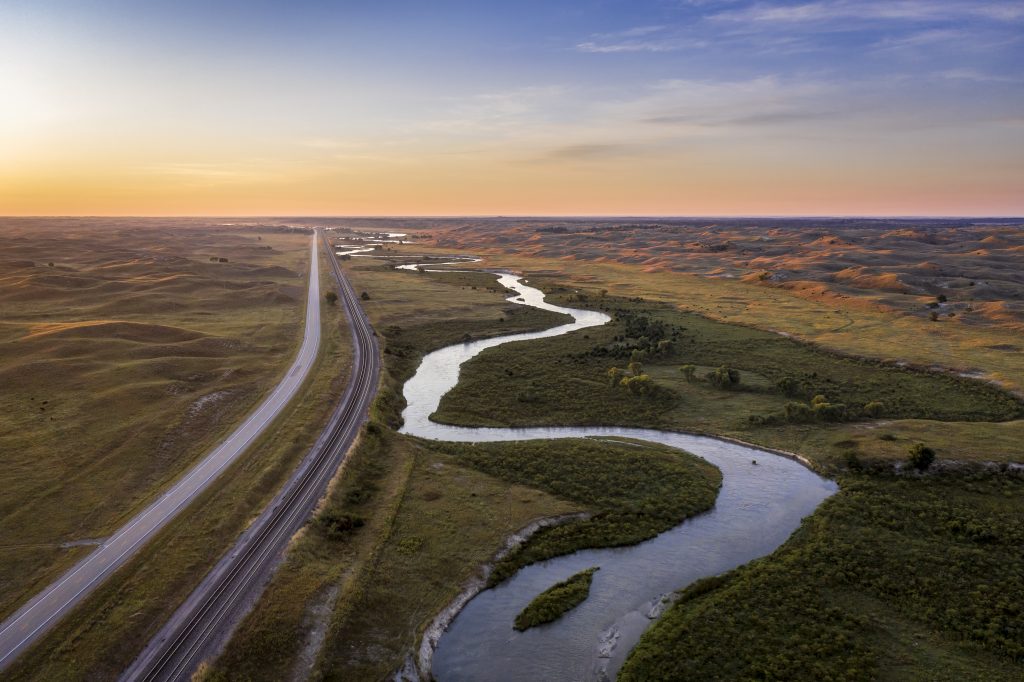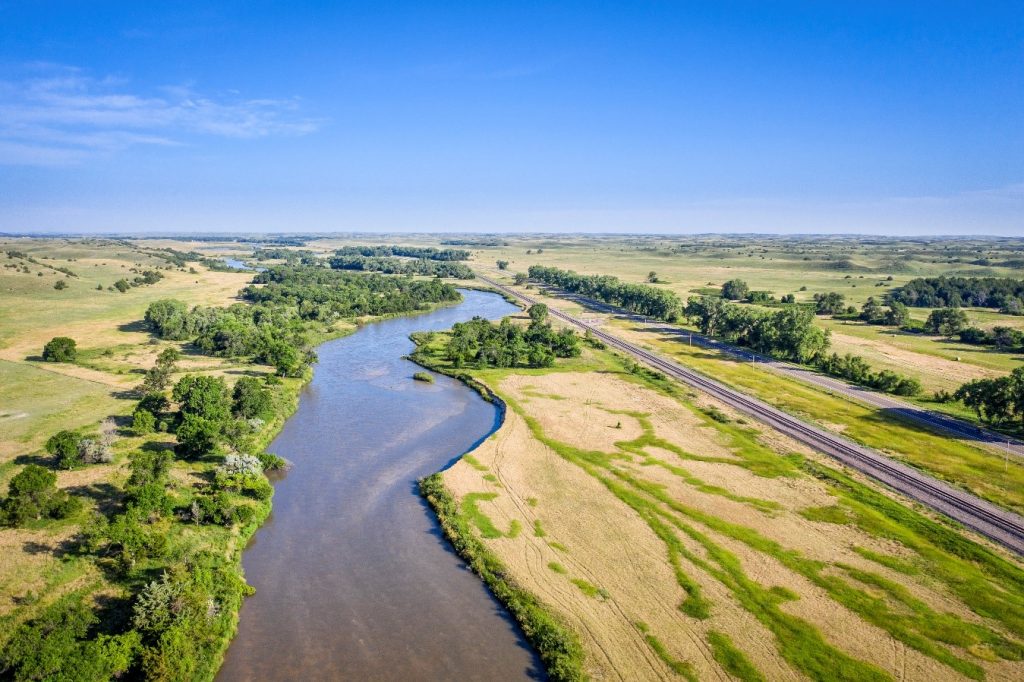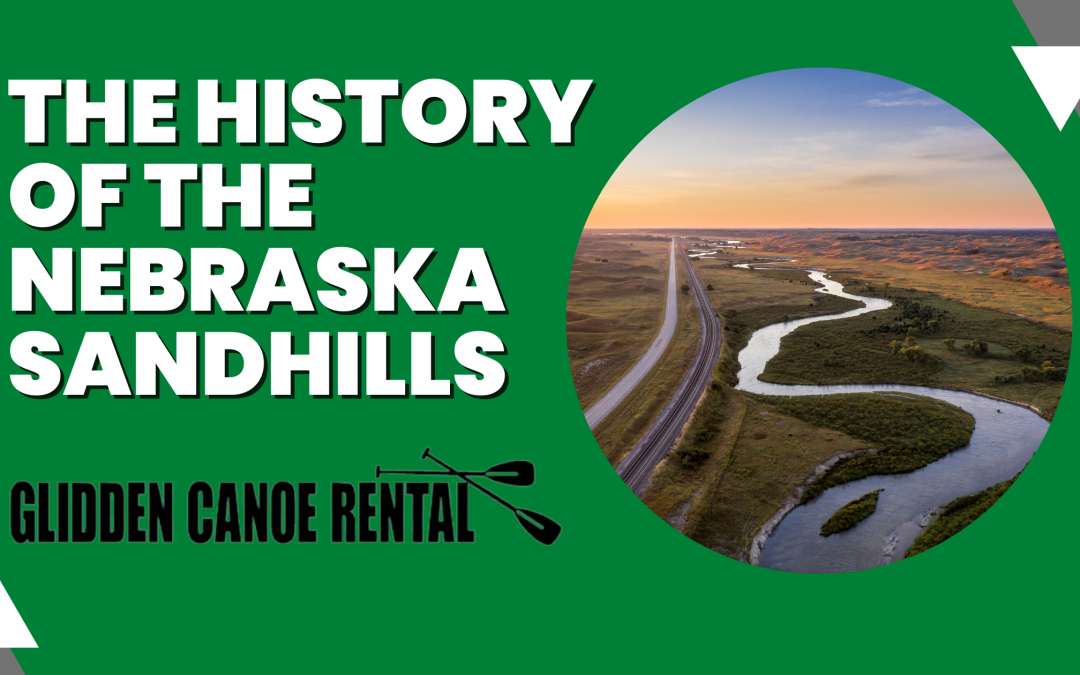The Nebraska Sandhills may strike you as a simple sandy landscape with sand dunes galore, but we can assure you the beauty and the deep history behind them is what truly make them special. This region of mixed grass prairie and grass-stabilized sand dunes date back about 5,000 to 10,000 years ago.

The amazing Nebraska Sandhills were formed shortly after the last Ice Age during the Pleistocene Epoch (a time period ranging from 1.8 million to 10 million years ago). These grass lands span over one-fourth of the total land area of Nebraska which is about 19,000 square miles and the largest sand dune in the Western Hemisphere; with some dunes reaching 400 feet tall and 20 miles wide. Once thought to be uninhabitable, the Sandhills are now a leading source of the state’s cattle revenue.

How were the Sandhills formed?
Recent studies suggest the large spanning dunes were formed by windblown sediment deposits from rivers that once traveled across Nebraska; which dried up. Precipitation increased and grass started growing which, in turn, stabilized the dunes; until 3,500 years ago when the Sandhills area dried up again. Then, nearly 1,500 years ago precipitation was once again on the increase, stabilizing the dunes. Experts assume in less then 50 years the dunes could turn dry again but for now the Sandhills have enough precipitation to stay how we know the Sandhills.

Why are the Sandhills important?
There are many amazing things the Sandhills have/do. For one, there is over 700 species of plants estimated to be growing in the area (670 native and 50 introduced). The Nebraska Sandhills sit on top of the Ogallala Aquifer (one of the world’s largest); now you may be wondering what’s an aquifer. An aquifer is a body of porous rocks or sediment that is saturated with groundwater. As the groundwater moves through the aquifer it can move through it and resurface through springs and wells. Therefore, the dunes quickly absorb precipitation in the area majorly contributing to the aquifer recharge. These actions support and rich, thriving habitat for wildlife and plant life.
As you can see, the Sandhills are more than just a beautiful landscape. The Nebraska Sandhills are an important part of the ecosystem and ranches alike. They also play a huge part in outdoor fun, no matter the season. Pay a visit to Glidden Canoe Rental to take in the majestic scenery by tank, kayak or canoe.
